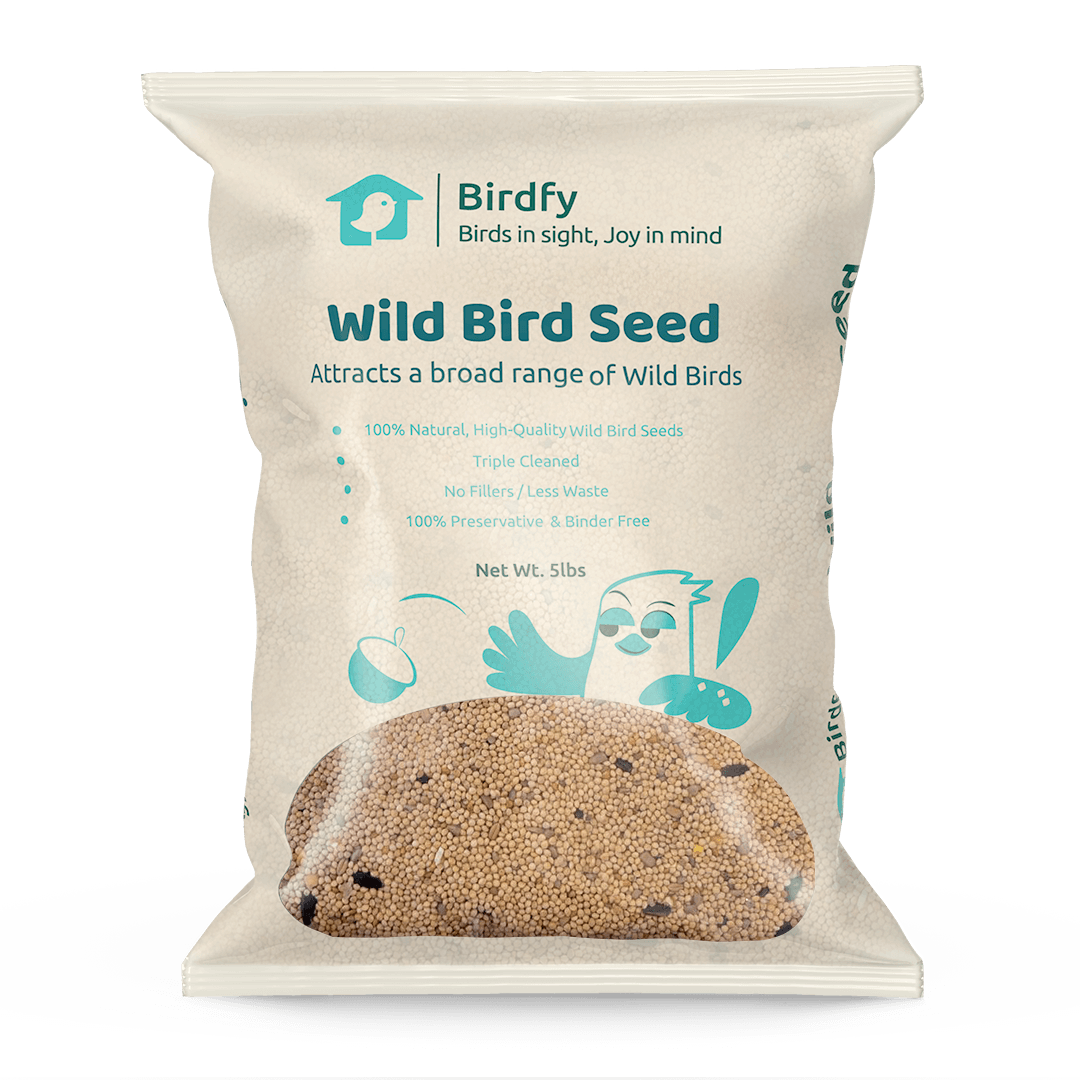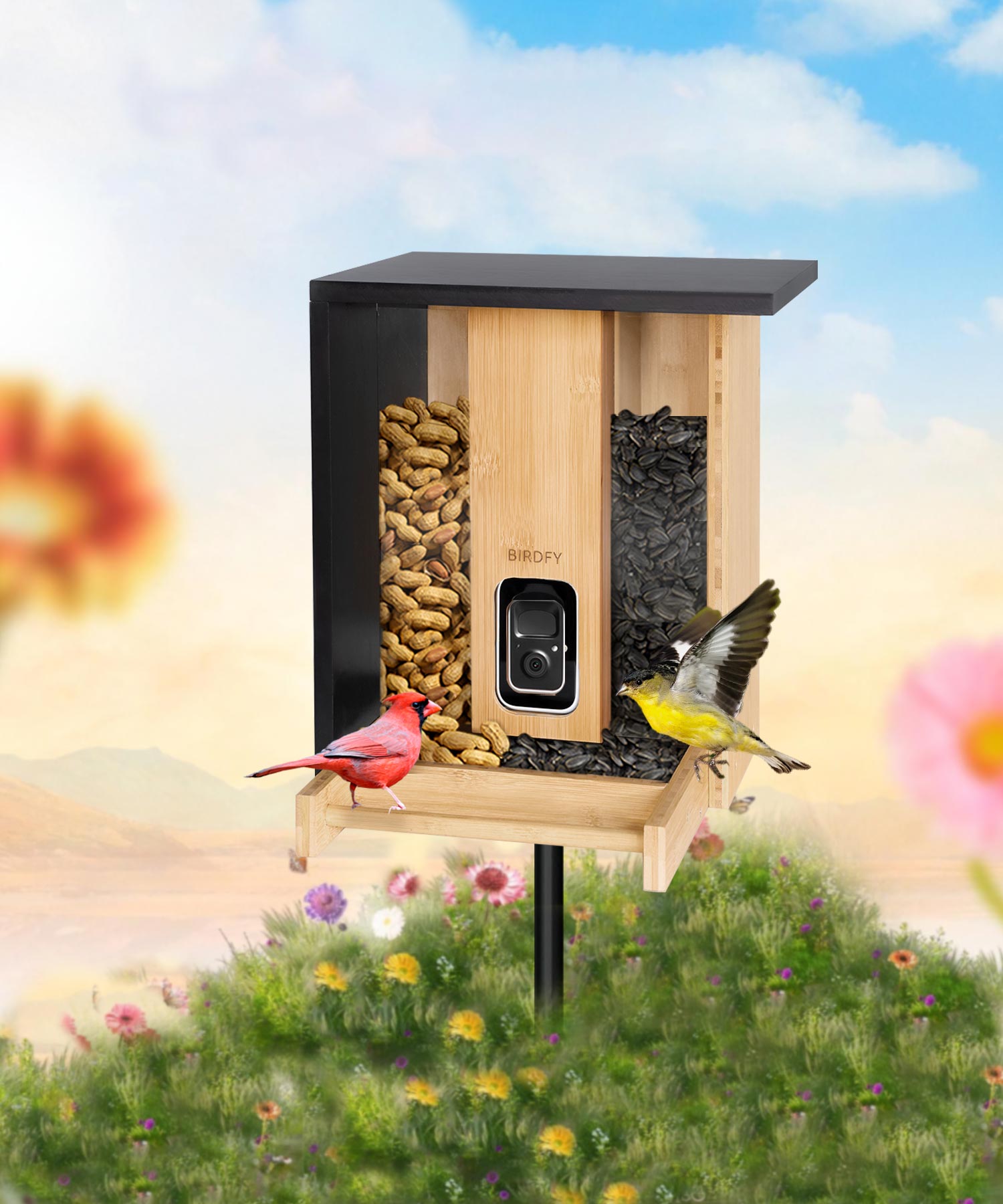Getting Close to the Orchard Oriole
Physical Characteristics
Size:
Coloration:
-
Adult males: Deep chestnut body with black head, back, and wings.
-
Adult females and immature males: Yellow-green overall with faint wing bars—much more subtle and often mistaken for other species.
-
Juveniles: Look like females; males gradually transition into full adult plumage over their second year.
Behaviors
Foraging:
-
Primarily feed on insects (beetles, caterpillars, ants), spiders, fruit, and nectar.
-
Often seen flitting through tree canopies or hovering briefly to snatch insects or sip nectar.
Migration:
-
Strongly migratory. Arrive in the U.S. (especially the East and Midwest) around April-May, and head to Central America by late July-August.
-
One of the earliest orioles to migrate south, often leaving before other species.
Song:
-
A fast, chattering series of whistles and warbles, less melodic than the Baltimore Oriole but still quite musical.
-
Males sing frequently during breeding to defend territory and attract mates.
Nesting Behavior
Nest Type:
-
A deep, hanging pouch nest, woven from grasses, typically placed in the outer branches of trees like willows, cottonwoods, or orchard trees.
-
The female does most of the weaving and nest construction.
Breeding:
-
Nesting begins shortly after arrival in spring.
-
They usually raise one brood per year in the U.S.
-
Eggs are pale blue to whitish, sometimes lightly speckled.
Social and Territorial Behavior
-
Territorial during breeding, but less aggressive than some orioles.
-
Often nest in small loose colonies, especially if food and nesting spots are abundant.
-
Outside of breeding, they may forage in mixed flocks or travel with other orioles or songbirds.
Unique Traits
-
Despite their name, Orchard Orioles are more common in open woodlands, riparian areas, and edges of farmland than in actual orchards.
-
Unlike many bright songbirds, their subtle, earthy coloration helps them stay hidden in foliage—making them hard to spot unless you’re listening for their song.
Here’s a chart explaining the difference between Baltimore and Orchard Orioles.
| Feature | Baltimore Oriole | Orchard Oriole |
| Size | Larger: ~8.75 inches (22 cm); wingspan ~11.5 inches (29 cm); weight ~1.2 oz (36 g) | Smaller: ~7.25 inches (18.4 cm); wingspan ~9.5 inches (24 cm); weight ~0.6 oz (17 g) |
| Male Plumage | Bright orange underparts with black head, back, and wings; white wing bars | Deep chestnut (rusty-red) underparts with black head and back; more subdued coloration |
| Female Plumage | Yellow-orange underparts with grayish back; some streaking on the back | Greenish-yellow overall with two white wing bars; no black on head or back |
| Immature Males | Similar to females but with duller coloration | Greenish-yellow with a distinctive black throat patch |
| Tail Feathers | Orange outer tail feathers | Typically all black tail feathers |
| Song | Loud, flute-like, melodious song | Rapid, chattering warble; less melodic |
| Habitat | Open woodlands, parks, and suburban areas; nests high in deciduous trees | Open woodlands, orchards, and forest edges; nests lower in trees |
| Migration Timing | Arrives in mid-April; departs by mid-August; spends ~5.5 months in breeding grounds | Arrives in late April; departs by late July; spends ~4.5 months in breeding grounds |

How to Attract the Orchard Orioles
Offer Their Favorite Foods
Fruit:
-
Offer orange halves, apple slices, or grapes on platform feeders, nailed to tree trunks, or on fruit spikes.
-
Replace fruit often to keep it fresh and avoid attracting ants.
Nectar:
-
Use an oriole nectar feeder (like a hummingbird feeder but with larger perches and ports).
-
Mix your own nectar: 1 part sugar to 6 parts water (slightly less sweet than hummingbird nectar).
-
Clean feeders every few days, especially in warm weather.
Insects:
-
Orchard Orioles feed mostly on insects during the breeding season.
-
Avoid pesticides and plant native species that support caterpillars and beetles.
Jelly:
-
A small dish of grape jelly can be irresistible—but only offer plain, natural jelly (no artificial dyes or corn syrup).
-
Use only a small amount at a time, and remove it if wasps become a problem.
Use the Right Feeders
-
Oriole-specific feeders with fruit holders and nectar ports are ideal.
-
Platform feeders or small trays near trees also work well.
-
Make sure perches are large enough for medium-sized birds.
Plant Native Trees and Shrubs
-
Serviceberry
-
Mulberry
-
Elderberry
-
Dogwood
-
Wild cherry
-
Tall shade trees like oaks and willows are great for nesting.
Provide a Water Source
-
A shallow birdbath with clean water is essential.
-
Add a dripper or fountain—orioles are drawn to moving water.
Timing is Important
-
Orchard Orioles arrive in spring (April–May) and leave by late July or early August.
-
Start putting out food before they arrive—migrants are more likely to stop if they find an easy food source.
Keep the Area Quiet and Safe
-
Choose a low-traffic, calm area for feeders and baths.
-
Keep cats indoors and feeders away from thick brush where predators could hide.
Share
































